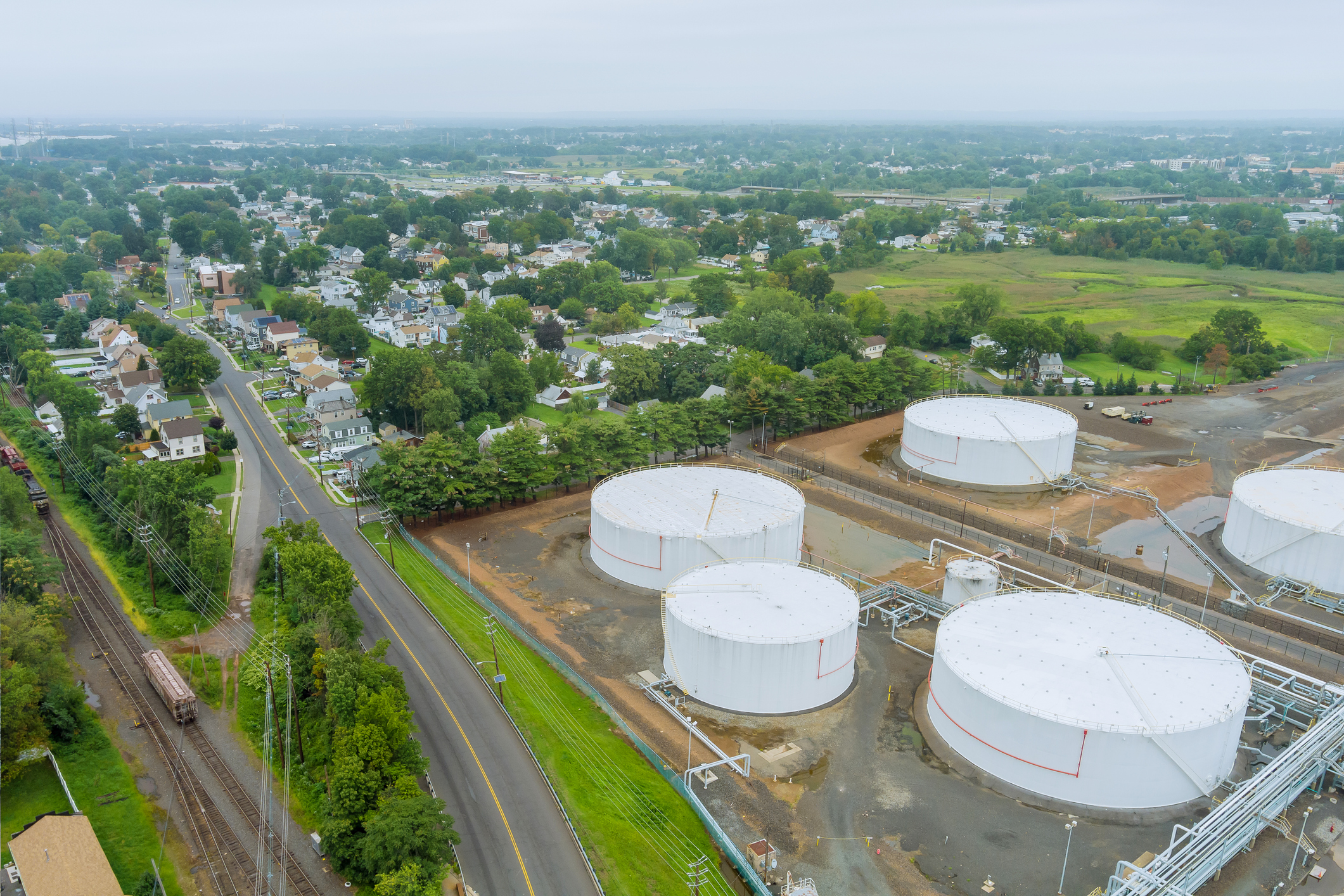Living Near Oil and Gas Activity Linked to Poor Mental Health Among People Trying to Conceive.

Living Near Oil and Gas Activity Linked to Poor Mental Health Among People Trying to Conceive
A first-of-its-kind study suggests that living within six miles of active oil and gas production may lead to depressive symptoms during the preconception period, raising awareness about the environmental risk factors that this understudied population faces.
As oil and gas production continue to reach historic levels throughout North America, a growing body of research has linked fossil fuel development to physical and mental health conditions during and after pregnancy, including preterm birth, birth defects, and psychological stress.
But it appears that oil and gas production may be hazardous to this population even before they become pregnant.
A new study led by School of Public Health researchers suggests that people who are trying to conceive and live close to oil and gas development sites have a heightened risk of developing adverse mental health outcomes.
Published in the American Journal of Public Health, the study utilized data from participants in the SPH-based Pregnancy Study Online (PRESTO) and found that people who lived within roughly six miles of active oil and gas development had greater development of moderate-to-severe depressive symptoms, compared to people living 12 to 31 miles away from this activity. High perceived stress was also elevated among people living just 1.25 miles away from oil and gas development. Greater intensity of oil and gas production also contributed to high perceived stress.
Prenatal and postpartum health challenges have captured national attention amid rising rates of US maternal morbidity and mortality, but these new findings call attention to the vulnerabilities of people during the preconception period—an otherwise understudied phase of the pregnancy process. It is the first study to assess the impact of fossil fuel development on pregnancy planners.
“Oil and gas development is a multifaceted exposure—it swiftly changes the economy, the social structures, and the environment in the community,” says study lead and corresponding author Mary Willis, assistant professor of epidemiology, who recently launched a database with Jonathan Buonocore, assistant professor of epidemiology, to show which communities are most affected by fossil fuel sites. “All of the changes may create stress and depression among local residents, an experience that may be particularly heightened among people trying to conceive. Identifying and mitigating potential hazards for mental health, like oil and gas development, is essential for facilitating a healthy pregnancy.”
For the study, Willis and colleagues analyzed mental health survey data and information from a national database of oil and gas development well locations in the US and Canada to identify potential connections between residential proximity to and density of active oil or gas development and psychological wellbeing among 5,725 PRESTO participants living in geographically diverse areas of the US and Canada. The analysis included participants of all income levels, but the team also conducted a subanalysis restricted to participants with household incomes below $50,000, to consider individuals who may not have the financial resources to move away from oil and gas activity if they choose.
To measure participants’ mental health status, the team posed clinical questions about recent stressful circumstances and depressive symptoms, as well as questions about medication usage for mental health conditions. Utilizing standardized metrics—rather than relying on mental health medical records, as the majority of studies do—likely captured instances of depressive symptoms that could have been overlooked in the absence of documented clinical care.
The “boom and bust” economic fluctuations associated with oil and gas development can lead to heightened stress among nearby community members, says study coauthor Erin Campbell, a research assistant in the Department of Epidemiology.
“The ‘boom’ periods could overload local infrastructure and social systems, while ‘bust’ periods could leave communities grappling with job losses and economic hardship,” Campbell says.
The study also found that many participants who reported elevated stress and depressive symptoms lived further away from oil and gas development than the minimum distance that many states now require to protect people in homes, schools, and health facilities. Although poor mental health was linked to PRESTO participants within approximately six miles of oil and gas activity for depressive symptoms, states such as Texas and Pennsylvania—where there is extensive oil and gas production—limit these “setback” minimum distances to as little as 200 feet.
The researchers hope this new insight shines a light on the less visible health impacts of resource extraction in local communities, and informs regulations for health-protective setback distances in residential areas.
The study’s senior author is Lauren Wish, professor of epidemiology. At SPH, the study was also coauthored by Sophie Selbe, doctoral student in epidemiology; Martha Koenig, PRESTO research fellow; Jaimie Gradus, professor of epidemiology; Elizabeth Hatch, adjunct professor of epidemiology; and Amelia Wesselink, research assistant professor of epidemiology.